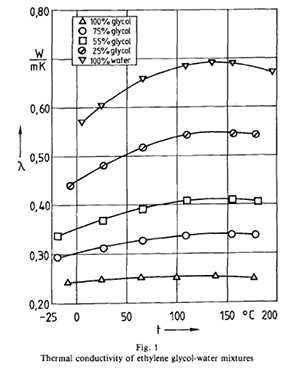
Experimental and theoretical studies of thermal conductivity, viscosity and heat transfer coefficient of titania and alumina nanofluids. Utomo AT, Poth H, Robbins PT, Andrzej W, Pacek W. Viscosity and thermal conductivity of nanofluids containing multi-walled carbon nanotubes stabilized by chitosan. Rheological characteristics of non-Newtonian nanofluids: experimental investigation. Hojjat M, Etemad SG, Bagheri R, Thibault J. Experimental investigations and theoretical determination of thermal conductivity and viscosity of Al 2O 3/water nanofluid. Measurement of temperature-dependent thermal conductivity and viscosity of TiO 2–water nanofluids. Viscosity data for Al 2O 3–water nanofluid-hysteresis: is heat transfer enhancement using nanofluids reliable. Nguyen CT, Desgranges F, Galanis N, Roya G, Maréd T, Boucher S, Angue Mints H. Investigations showed that maximum value for the margin of deviation for the proposed equation was equal to 8%, which is acceptable for an experimental equation. Due to the lack of a precise and appropriate equation for the prediction of dynamics viscosity of silver/ethylene glycol nanofluid, an equation was provided based on the measurement results, which was a function of volume fraction and temperature. Relative viscosity of the nanofluid increased approximately by 88.46, 90.44, 83.25, and 82.06% by increasing the volume fraction from 0.25 to 2% at 40, 45, 50, and 55 ☌, respectively. On the other hand, dynamic viscosity of the fluid decreases with increasing temperature. According the results, dynamic viscosity increases with increasing the volume fraction. Dynamics viscosity of nanofluid is measured using the DV-I PRIME Brookfield digital viscometer which has a double-wall cylindrical container.


In this experiment, the nanofluid was exposed to ultrasound waves for various durations to study the effect of this parameter on dynamic viscosity of the fluid. This experimental study addressed developing a new model for the dynamic viscosity of silver/ethylene glycol nanofluid within the temperature range of 25–55 ☌ for samples with volume fractions of 0.25, 0.5, 0.75, 1, 1.5, and 2%.


 0 kommentar(er)
0 kommentar(er)
